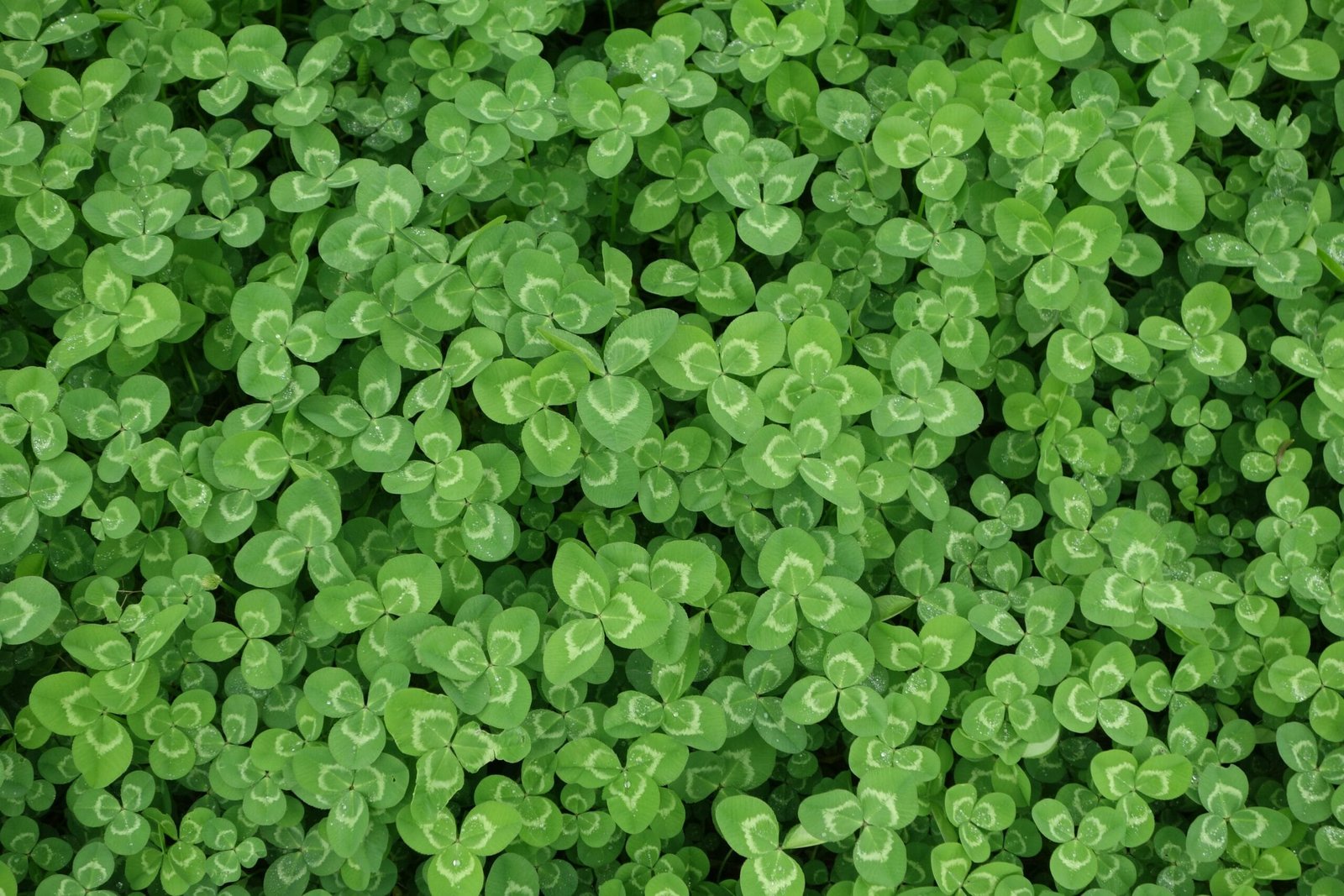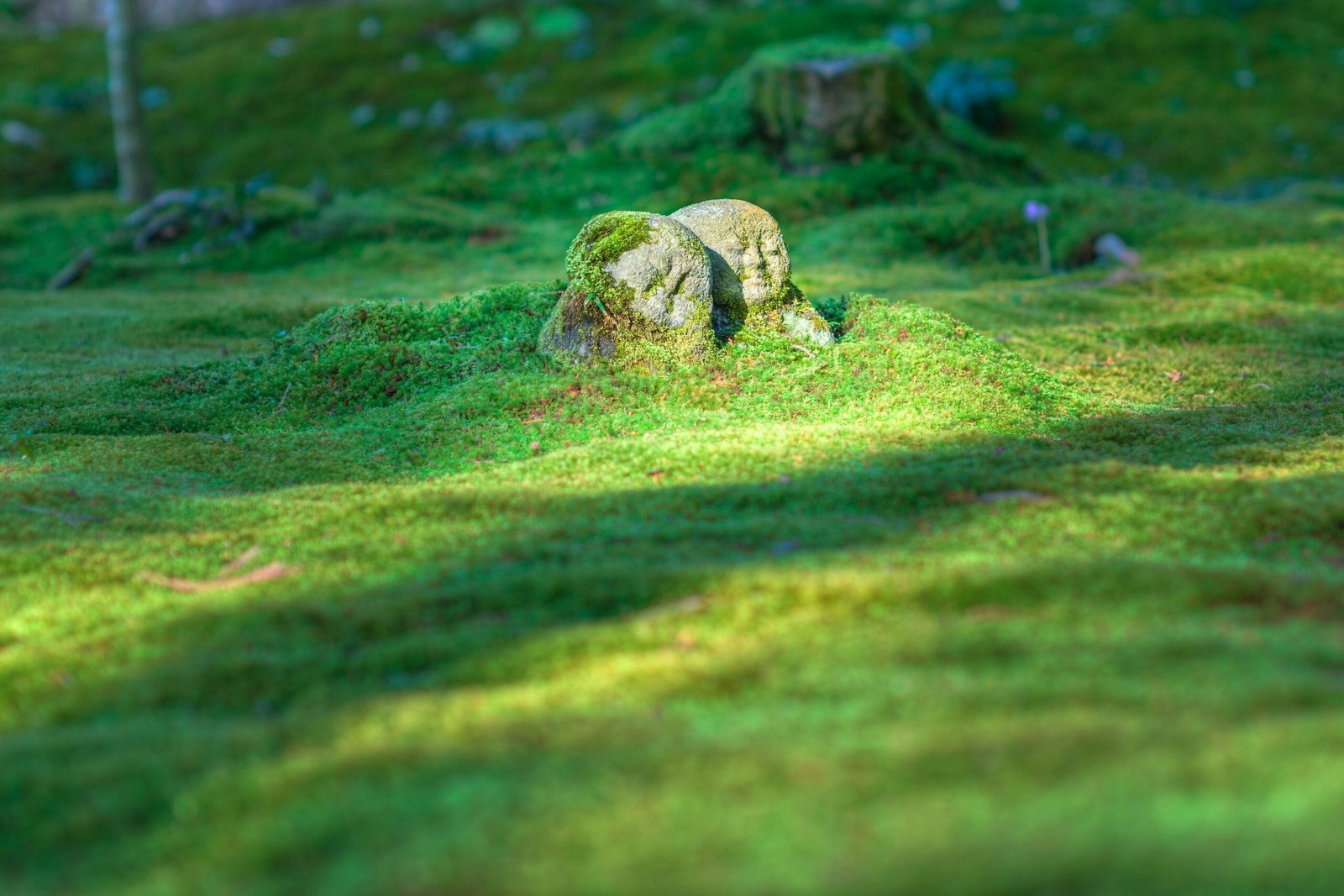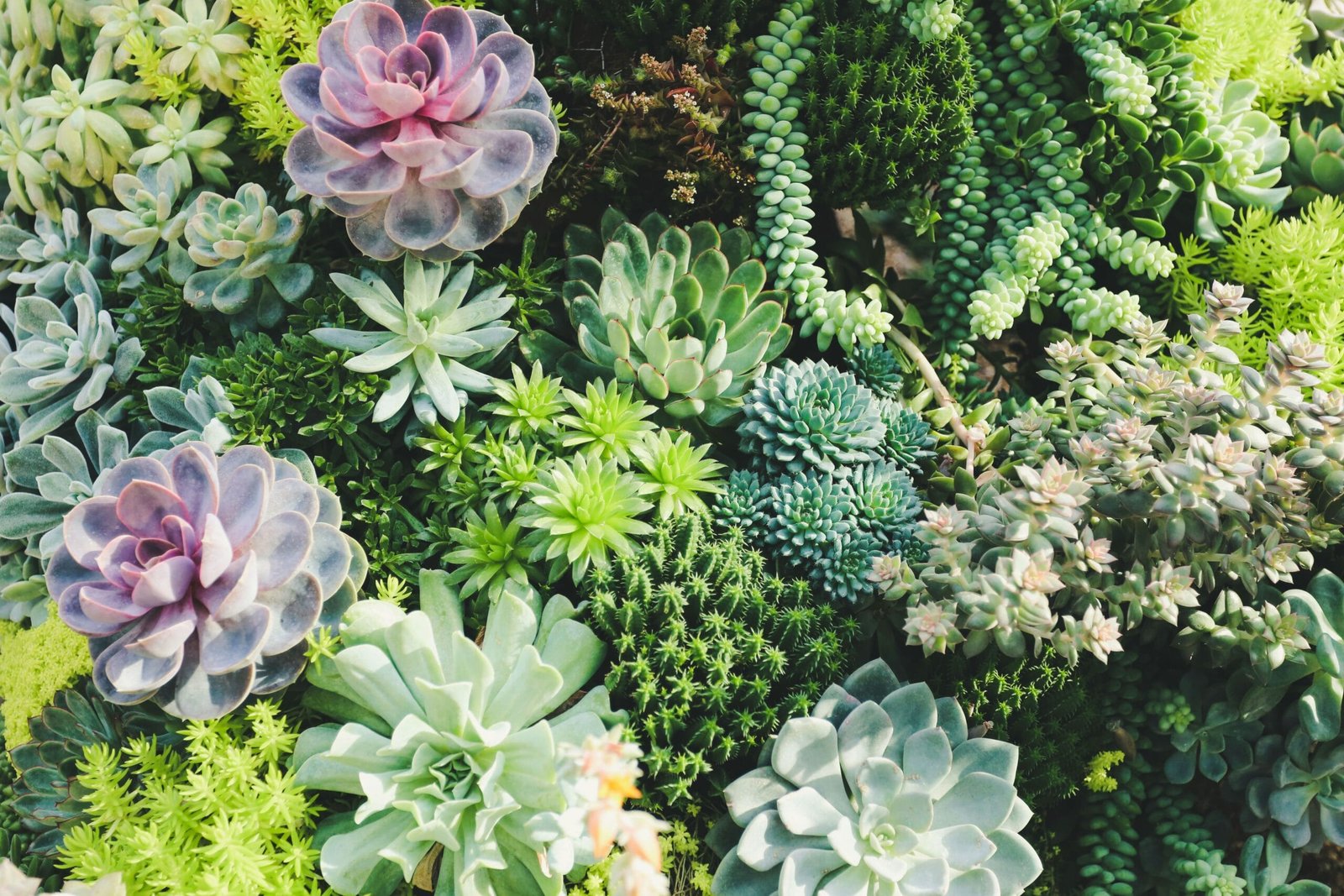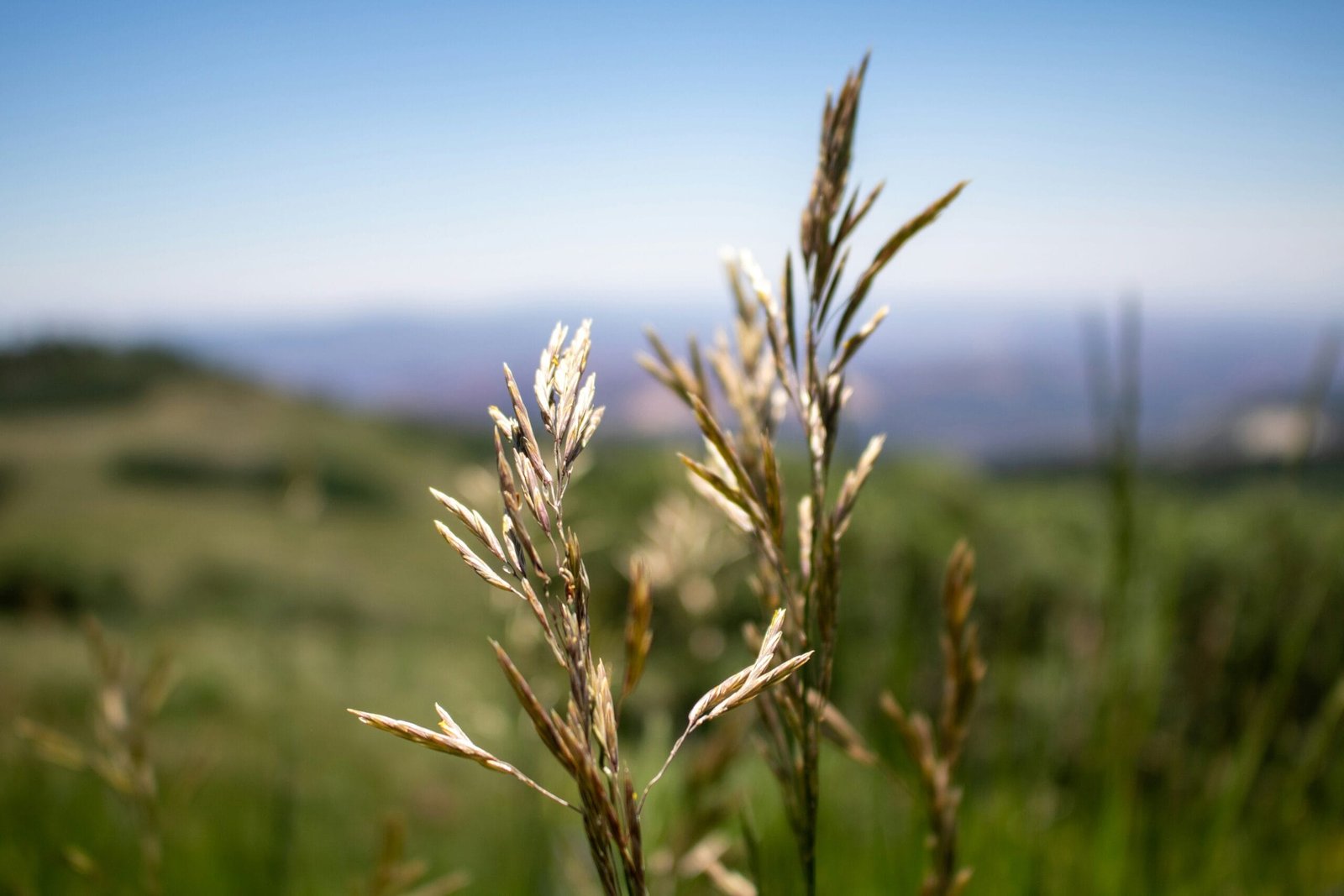Let’s be honest: mowing, watering, and babying a traditional lawn every week isn’t exactly fun or sustainable. And when the summer heat hits hard, all that effort often turns into a patchy, brown disappointment. If that sounds familiar, you’re not alone.
A growing number of homeowners are giving up the “perfect lawn” ideal in favor of greener (and much lower maintenance) alternatives. Whether you’re looking to cut down on water usage, attract more pollinators, or just want a yard that reflects your values a little more, there are so many beautiful options out there that don’t require constant upkeep.
Let’s explore five gorgeous, planet-friendly lawn alternatives that can transform your outdoor space (and maybe even give your weekends back!).
1. Clover Lawns: A Secret Superhero

If you have not considered clover, especially microclover, then this is your wake-up call. It’s an unobtrusive little plant that discreetly ticks all the appropriate boxes for: soft, green, low-maintenance, and great for pollinators.
Benefits:
Grows super-fast and stays green all summer
No need for fertilizer, clover naturally fixes nitrogen in the soil
Pollinators love it!
Soft and cool to the bare feet
Best for: Zones 3–10; in zones with full sun or partial shade.
Pro Tip: You don’t have to start from square one! Just overseed your existing lawn with microclover and let nature do the rest.
2. Moss Lawns

Need shade? Moss may be the ultimate answer for you. Moss lawns are a dreamy, velvety option perfect for shady, damp areas. This lush green blanket brings woodland character to your landscape and doesn’t ask for much in return.
Benefits:
No mowing, ever!
Naturally soft and lush, even on chilly days
Perfect for dark, wet crevices where grass can’t survive
Soaks up water like a sponge, perfect for erosion control
Best for: Zones 4–9; shaded, wet areas with slightly acidic soil.
Pro Tip: Try planting moss between pavers or along shady paths for a mystical forest feel.
3. Succulent and Drought-Tolerant Lawns

If you live in a warm, arid location—or just want to ditch the hose—drought-resistant ground covers like sedum, ice plant, creeping thyme, and blue star creeper are showstoppers that love the sun. This is especially useful in hot, dry regions where regular grass struggles.
Benefits:
Rarely needs watering after they’re established
Beautiful texture and seasonal blooms
Naturally pest and disease-resistant
Perfect compliment to gravel pathways, stone patios, or modern landscaping
Best for: Zones 5–11, depending on plant choice; depending on plant type; full sun and well-drained soil.
Pro Tip: Mix textures and bloom times to keep things interesting season to season.
4. Ornamental Grass Meadows

Swap your turf for a mix of native grasses, wildflowers, and low-growing perennials for a naturalistic look. Ornamental grass meadows bring softness, movement, and biodiversity to your yard. Using native grasses, wildflowers, and low-maintenance perennials, these living landscapes are full of life and personality!
Benefits:
Great for pollinators, birds, and beneficial insects
Low maintenance once planted (just an annual trim!)
Constantly changing with the seasons
No mowing! Just sit back and let it be
Best for: Zones 3–9; full sun
Pro Tip: Even untamed gardens can appear refined. Experiment with curved paths or replications of plant collections for form and flow.
5. No-Mow or Eco-Friendly Grass Blends

If you love the look of an traditional lawn but hate the work (or electricity bill), no-mow grass blends and green-lawns are an ideal compromise, such as no-mow fescue blends or eco-lawn mixes. These low-growing grasses give you a lush look with a much lower carbon footprint.
Benefits:
Grows slowly (every other week mowing, not every week)
Thrives on small amounts of water and zero chemicals
Stays soft, walkable, and kid-friendly
Perfect for phasing out high-care turf
Best for: Zones 3–9; sun to partial shade, depending on the mix
Pro Tip: Buy “no-mow” or “eco-lawn” mixes from local native seed suppliers for the best match.
Why Ditch Traditional Lawns?
A classic green lawn can feel like the default, but it comes with a hidden cost:
- It consumes lots of water (especially in drought-prone regions)
- Often relies on chemical fertilizers and pesticides
- Does not support biodiversity
- Requires constant mowing, trimming, and upkeep
By making the switch, you’re doing more than simplifying your lawn: you’re creating a space that is beneficial to your local ecosystem, saves you time, and shows a more conscious way of living.
If you’re looking to start your alternative lawn journey and don’t know where to start, don’t fret! Check your USDA Plant Hardiness Zone to determine which plants thrive best in your zone. From there, you can find a lawn alternative that matches both your climate and your preferences!
Final Thoughts
There is no single way to “do” a lawn anymore, and that’s a wonderful thing. From delicate moss patches to buzz of clover lawns, from colorful succulent areas to rolling wildflower meadows, you can create a space that coexists with nature, not in opposition to it.
The best part is that you don’t even have to choose just one. Blending and combining elements throughout your yard to satisfy the microclimates and moods of each area. A moss patch here, a thyme path there—each choice adds up into a landscape that’s alive, thoughtful, and yours alone.
Grass isn’t going away, but for increasingly more of us, the lawn of the future is greener in all the best ways.
Disclaimer: Gardening advice on this site is shared for educational and recreational purposes only. Local climate, soil, and environmental factors can affect outcomes. Please research region-specific practices and consult gardening experts for personalized advice.

